Rosacea is a chronic inflammatory skin condition that affects millions of people worldwide, often leaving them searching for effective treatments to manage its distressing symptoms. Characterized by facial redness, visible blood vessels, and sometimes acne-like bumps, it can be both physically uncomfortable and emotionally challenging. Among the many treatments gaining attention, red light therapy (RLT) has emerged as a promising option. But does it really help with rosacea? Let’s dive into what the science and real-world experiences say, pulling together insights from various perspectives to explore this question thoroughly.
Understanding Rosacea and the Promise of Red Light Therapy
Rosacea is a common inflammatory skin condition affecting approximately 5% of the world population. Therapeutic approaches to rosacea are focused on symptom suppression by means of anti-inflammatory agents. More recently, photodynamic therapy, especially light-emitting diodes, has been introduced as a valid alternative to conventional therapy. The condition primarily affects the face, causing persistent redness, visible blood vessels, bumps, and sometimes eye irritation.
It typically appears on the cheeks, nose, chin, and forehead, varying in severity from mild flushing to more pronounced symptoms. While the exact cause of rosacea is not fully understood, factors such as genetics, environmental triggers, and vascular issues are believed to contribute. People with rosacea often experience flare-ups triggered by sun exposure, hot or cold weather, spicy foods, alcohol, stress, and certain skincare products.
Red light therapy uses low-level wavelengths of red light to help treat some skin conditions, such as psoriasis. Studies suggest promising results from red light therapy. It may: improve neural function and protection to improve cognition and memory for people with Alzheimer’s disease, among other potential benefits. For rosacea, red light therapy is commonly used due to its anti-inflammatory properties. Red light penetrates deep into the skin, targeting the blood vessels that contribute to facial redness.
By constricting these vessels, it helps to reduce overall redness and flushing. Additionally, red light therapy has anti-inflammatory effects, which can calm the skin and alleviate the inflammation associated with papules and pustules. Unlike some other treatments for rosacea, such as laser therapy, Bontanny LED light therapy is non-invasive and gentle on the skin. It does not cause burns or discomfort, making it suitable for sensitive skin types. The treatment typically has minimal side effects, and most individuals experience no downtime afterward.
How Red Light Therapy Works for Skin Conditions
Red light therapy works by penetrating the skin at a depth of around 8-10 millimeters. This penetration triggers a series of natural reactions in the skin cells. The mitochondria, often referred to as the powerhouse of the cells, absorb the light and produce more energy, which in turn accelerates the healing and rejuvenation process. This red light exposure may produce a positive biochemical effect in your cells that strengthens the mitochondria, which is where the cell’s energy is created.
RLT may do this by increasing the transportation of electrons, oxygen consumption, and your levels of ATP (adenosine triphosphate). By increasing the energy of the mitochondria, cells may function more efficiently, as well as rejuvenate and repair themselves.
In the context of rosacea, red light therapy has several potential benefits. Firstly, it helps reduce inflammation, a key component of rosacea. The light energy reduces redness and erythema, creating a more even skin tone. Moreover, red light therapy promotes collagen production, improving the skin’s elasticity and texture.
It’s a gentle, non-invasive treatment, making it suitable for those with sensitive skin. LED light therapy aids in reducing general skin redness along with promoting healthy cellular function, skin healing, soothing and calming sensitive skin. The reason LED light therapy has been found to be so successful is that it penetrates below the surface of the skin, and stimulates better cellular function. This makes it an effective treatment for a variety of skin conditions, and even better, there are no known side effects or downtime.
Evidence from Studies and Real-World Use
To date, the only study on the effects of red light on rosacea used a combination of blue and red wavelengths to address visible blood vessels and skin thickening. This small preliminary study treated just two individuals:
A 22-year-old Caucasian woman and a 68-year-old Caucasian male. The case reports presented in the current work show, for the first time, the usefulness of LED therapy combining blue and red light benefits for the treatment of patients with rosacea. This kind of treatment could represent an effective, safer, and well-tolerated approach for the treatment of such conditions.
LED (light-emitting diode) light therapy is proven to reduce inflammation—essential for soothing all rosacea subtypes—and kicks your ‘wound healing’ cells into gear. It’s a staple in the dermatologist’s office, and now we’re seeing the same trusted technology in home use devices.
Comparing Red Light Therapy to Other Treatments
While PDL and IPL are known to have positive effects on rosacea, red light therapy is also showing similar promise.
Red light therapy has an edge over these other treatments, however, one that’s threefold.
First, as we’ve seen, red light therapy works at the cellular level to improve the functioning of your organs and tissues. This means that the benefits are potentially much more far-reaching than simply treating the symptoms of rosacea. Not only can you treat several issues at once, even those that are completely unrelated, you may even end up treating issues you didn’t know you had!
Second, as opposed to using lasers, which have a very narrow and focused beam, red light therapy involves a series of LEDs arranged in a panel. Each bulb emits a concentrated beam of light at a specific wavelength (usually red light at ~660nm and NIR light at ~850nm).
Third, the unheard-of safety profile of the treatment has opened the door to affordable at-home red light therapy devices.
Your treatment plan is most likely to include a laser or light therapy if rosacea has caused: A laser or light treatment can reduce (or get rid of) the blood vessels. To remove thickening skin, dermatologists may use laser resurfacing. Laser treatment can also reduce redness. In a few small studies, lasers were used to treat permanent redness on the face or the redness surrounding acne-like blemishes. Some patients saw a considerable reduction in redness.
Most patients, however, had about a 20% reduction in redness. Because different lasers and exposure times were used in these studies, more research is needed to know how well lasers can treat the redness. The downside is that laser resurfacing isn’t cheap. Laser treatment usually costs from $500 to $700 per session, out of pocket. In contrast, red light therapy devices for home use can be a one-time investment, offering unlimited treatments at a fraction of the cost.
Personal Experiences with Red Light Therapy
I’ve been using LED light therapy for rosacea since June 2024. The first light I ever tried, an LED all-red light therapy powerhead, arrived on June 1, 2024, and I tried it that day. I tracked my progress for quite a while and found it to be among the most effective treatments I’ve ever tried. I still have some redness and I do get the occasional rosacea flare-up, but they’re few and far between and don’t last nearly as long.
My experience with the lights has been side-effect free, quick and easy. The lights I use are rated for a minimum lifespan of 25 years when used for far longer periods of time than I use them, so there isn’t anything that needs to be replaced. Now that I have them, I have a lifetime of treatments. I wouldn’t call it a silver bullet. To be honest, I don’t think that exists. There is no rosacea cure because each case is unique to the patient and symptoms are caused and triggered by different things.
Red led therapy is awesome for rosacea! Just make sure that any device you buy lists the wavelengths of the light it emits. It’s extremely important because it won’t work outside of the right wavelengths and any company who is legit will actually tell you where their device falls.
I use led therapy on clients often, as well as myself, and you can see both short term immediate effects as well as longer lasting effects from sustained usage. Red led works by calming inflammation (a main part of what makes rosacea skin so red) and can help strengthen capillaries (the other component that leads to visible redness). It won’t get rid of capillaries that are already busted, but it will help lessen the look since redness and inflammation will go down, and it will also help strengthen capillaries that haven’t broken yet.
Benefits Beyond Rosacea
Research shows that red light therapy may smooth your skin and help with wrinkles. Researchers think it does this by stimulating collagen production, which helps improve skin elasticity. Research shows it also helps improve signs of sun damage. It can also be used to treat chronic inflammation, aid in wound healing, and can even provide relief from joint pain, such as arthritis.
Red light therapy works by decreasing chronic inflammation present in the body and helps increase blood flow to damaged tissue. This helps to soothe the skin, while reducing symptoms like itching, burning, pronounced redness, and dryness. Unlike other popular treatments, red light therapy helps to heal the skin barrier from the inside out. Treating deep within the tissue makes for long-lasting results.
From painful eczema and rosacea flare-ups to sunspots and hyperpigmentation, red light therapy helps to drastically improve the skin’s appearance by kicking your cells into high gear to accelerate the healing process. Since it helps to aid in new collagen and elastin production by stimulating fibroblast cells, it reduces fine lines and wrinkles and may help improve sun spots by unifying skin tone and texture.
In fact, 96 percent of users in our clinical study reported their fine lines were less visible after only four weeks! Since red light therapy boosts cellular energy, it helps the cells to grow and repair themselves, leading to plumper, healthier, and younger-looking skin.
Limitations and Considerations
Although RLT is gaining traction as a dermatological treatment for certain conditions, more clinical research is needed to fully support its claimed benefits. Most experts say that they don’t know yet if RLT is effective for all its claimed uses. Most say that the studies published so far show some potential for certain conditions, but that more studies need to be conducted.
Red light therapy is still an emerging treatment that’s generating growing interest. But at this point in time, there’s not enough evidence to support most uses. The gold standard of studies to determine if a product is effective is a randomized, placebo-controlled trial. This means that a certain number of people with the same range of characteristics (age, weight, race, sex, etc.) get either the study treatment or a placebo (fake or “sham” treatment) for treatment of the same condition.
Experts do caution that while LED light therapy seems to be safe in the short term, there’s less information about its long-term safety. It’s rare to experience side effects from LED light therapy. If side effects do occur, they may include increased inflammation, rash, or redness. Research shows that people who have darker skin tones are more sensitive to visible light, such as red light, than people with lighter skin tones. This increased sensitivity can lead to hyperpigmentation, and the resulting dark spots can be more intense and long-lasting than dark spots caused by invisible light, such as sunlight.
Conclusion: Does It Help?
So, does red light therapy help rosacea? The evidence suggests it can be a valuable tool for many. Its ability to reduce inflammation, calm redness, and promote healing at a cellular level makes it a compelling option, especially for those with sensitive skin who want a gentle, non-invasive approach. Studies, though limited, show promise, and personal accounts highlight noticeable improvements in redness and flare-up frequency.
Frequently Asked Questions
1. What exactly is red light therapy, and how does it differ from other light treatments?
Red light therapy uses low-level red or near-infrared light to penetrate the skin and stimulate cellular processes, like energy production and collagen synthesis. Unlike laser treatments (e.g., pulsed-dye lasers) that use focused beams to target blood vessels or IPL (intense pulsed light) that uses broad-spectrum light, RLT relies on LED panels emitting specific wavelengths, typically 630-850 nm. It’s gentler, non-ablative, and doesn’t heat or damage the skin, making it distinct from more intense options.
2. How often should I use red light therapy for rosacea?
It depends on the device and severity of your symptoms, but most recommendations suggest 10-20 minute sessions, 3-5 times a week for several weeks to see results. At-home devices often come with guidelines—consistency is key. For maintenance, you might reduce to 1-2 sessions weekly once symptoms improve. Check with a dermatologist to tailor it to your skin.
3. Can red light therapy completely cure rosacea?
No, there’s no cure for rosacea, and red light therapy isn’t an exception. It can manage symptoms like redness, inflammation, and sensitivity effectively for many people, but it won’t eliminate the condition permanently. Think of it as a long-term management tool rather than a one-time fix.
4. Are there any risks or side effects I should worry about?
Red light therapy is generally very safe with minimal risks. Some might experience temporary redness or mild irritation, but serious side effects are rare. People with darker skin tones should be cautious, as they may be more prone to hyperpigmentation from visible light.
5. Should I combine red light therapy with other rosacea treatments?
Yes, it can complement other approaches like topical medications (e.g., metronidazole) or lifestyle changes (avoiding triggers like spicy foods). Some users pair it with IPL or lasers for enhanced results, though you’d need to space out sessions and consult a professional to avoid overstressing your skin. It’s versatile but works best as part of a broader plan.
6. How soon can I expect to see results for my rosacea?
Results vary, but many report reduced redness or calmer skin within a few weeks of regular use (e.g., 2-4 weeks). More significant improvements, like fading persistent erythema, might take 8-12 weeks. Patience and consistency matter—don’t expect overnight miracles.
7. Is an at-home device as effective as professional treatment?
Professional devices in clinics often deliver higher power and faster results due to stronger light output. At-home devices are less intense but still effective with regular use, offering convenience and cost savings over time. For mild to moderate rosacea, at-home options can work well; severe cases might benefit more from in-office sessions initially.



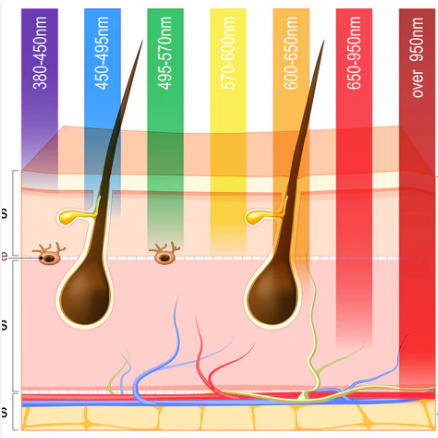
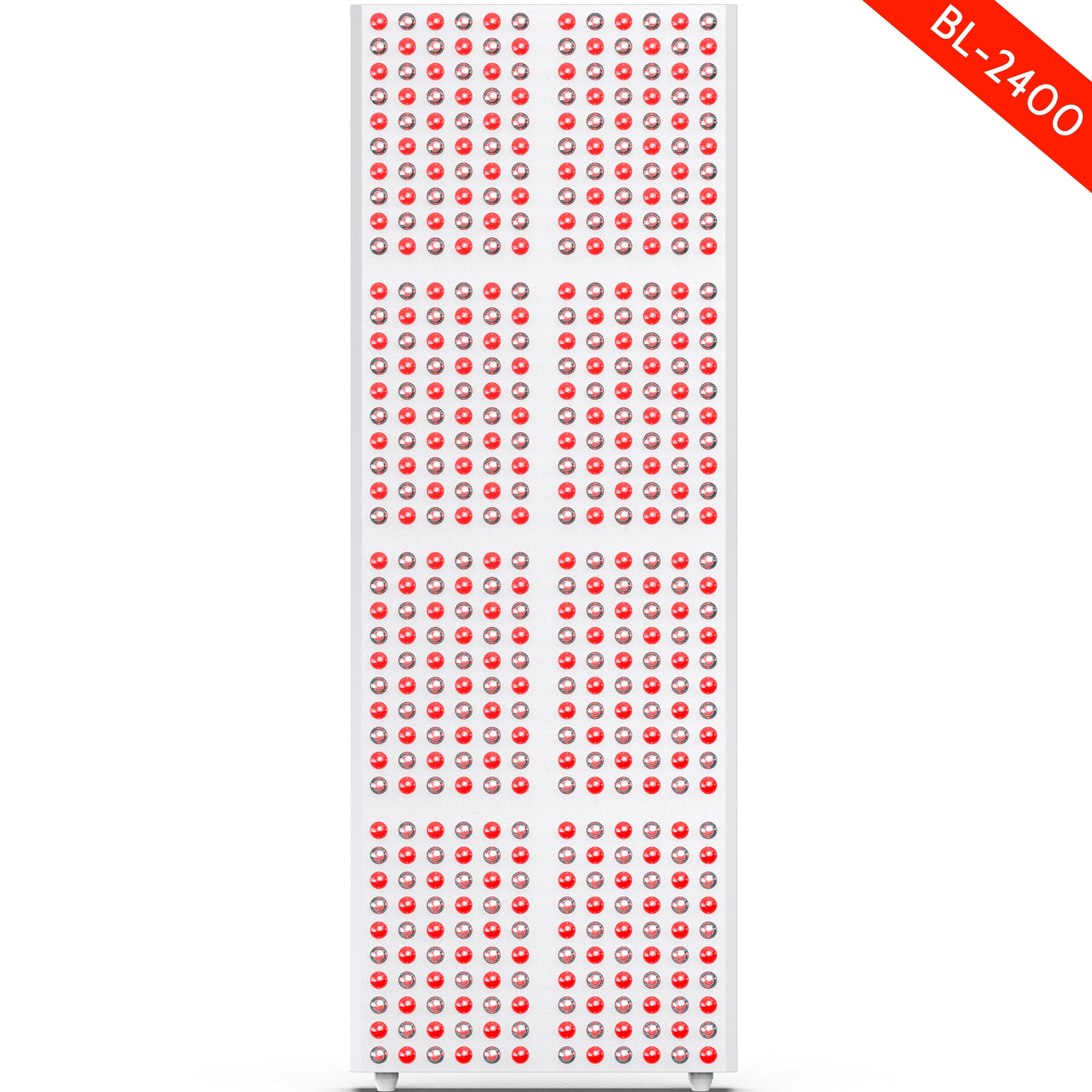
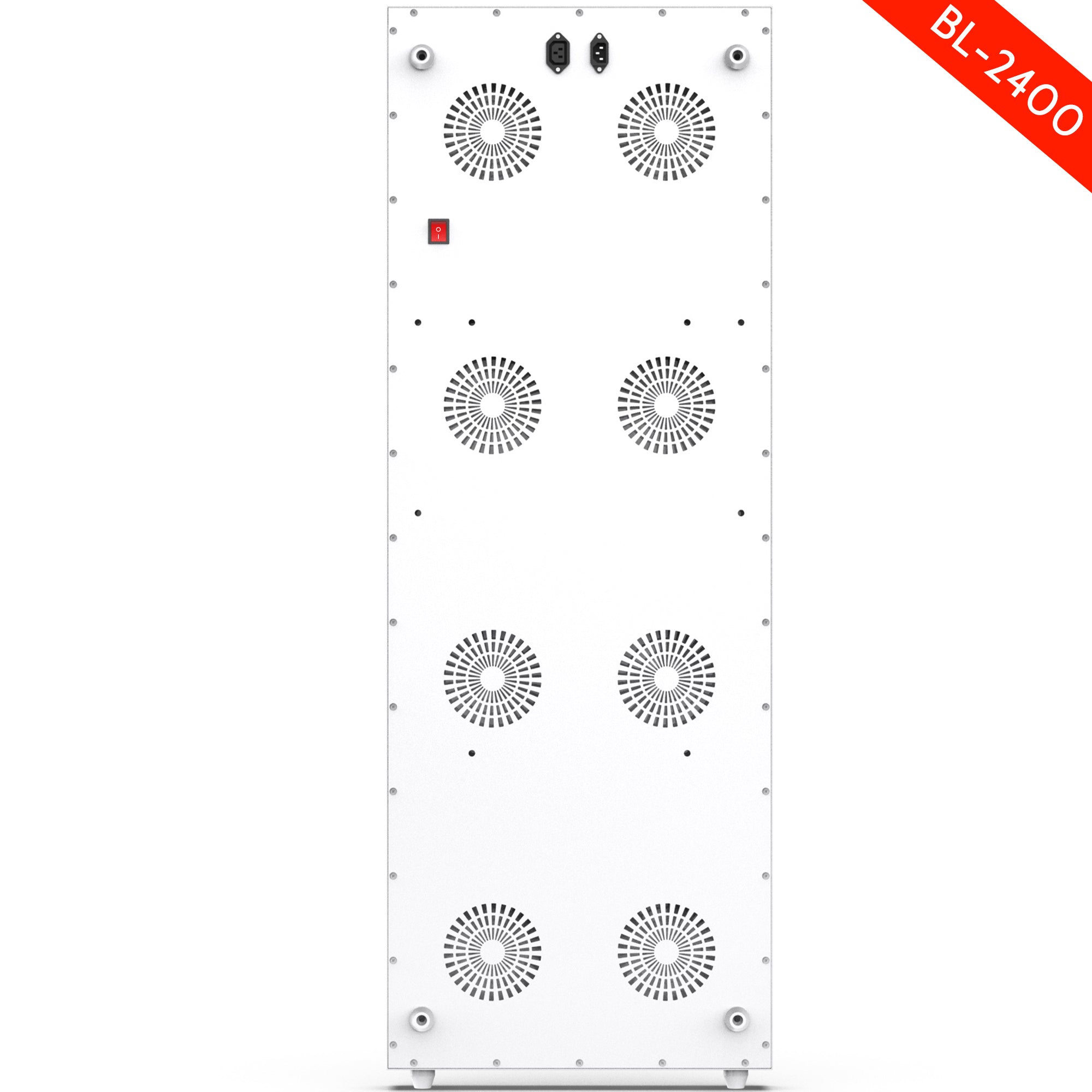
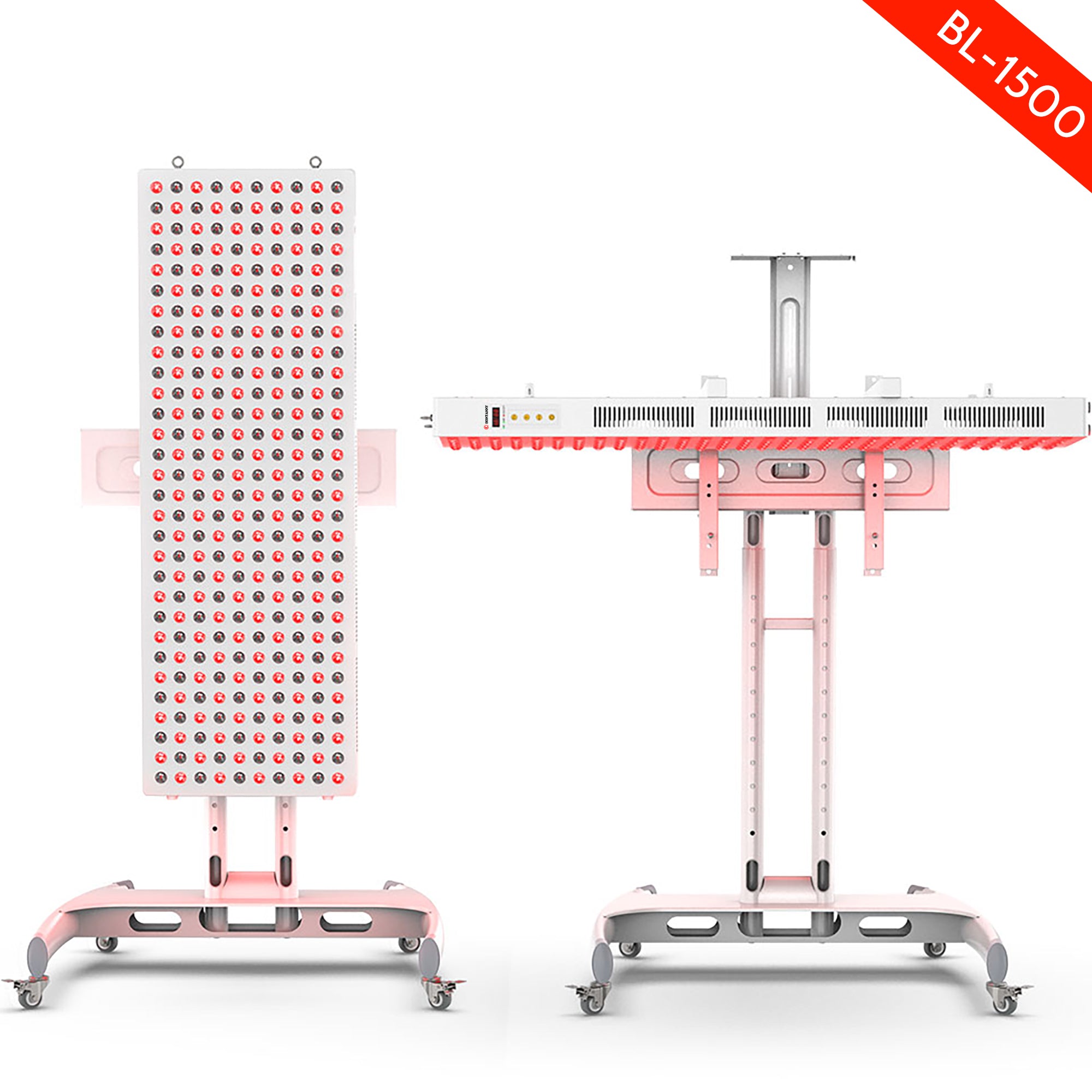
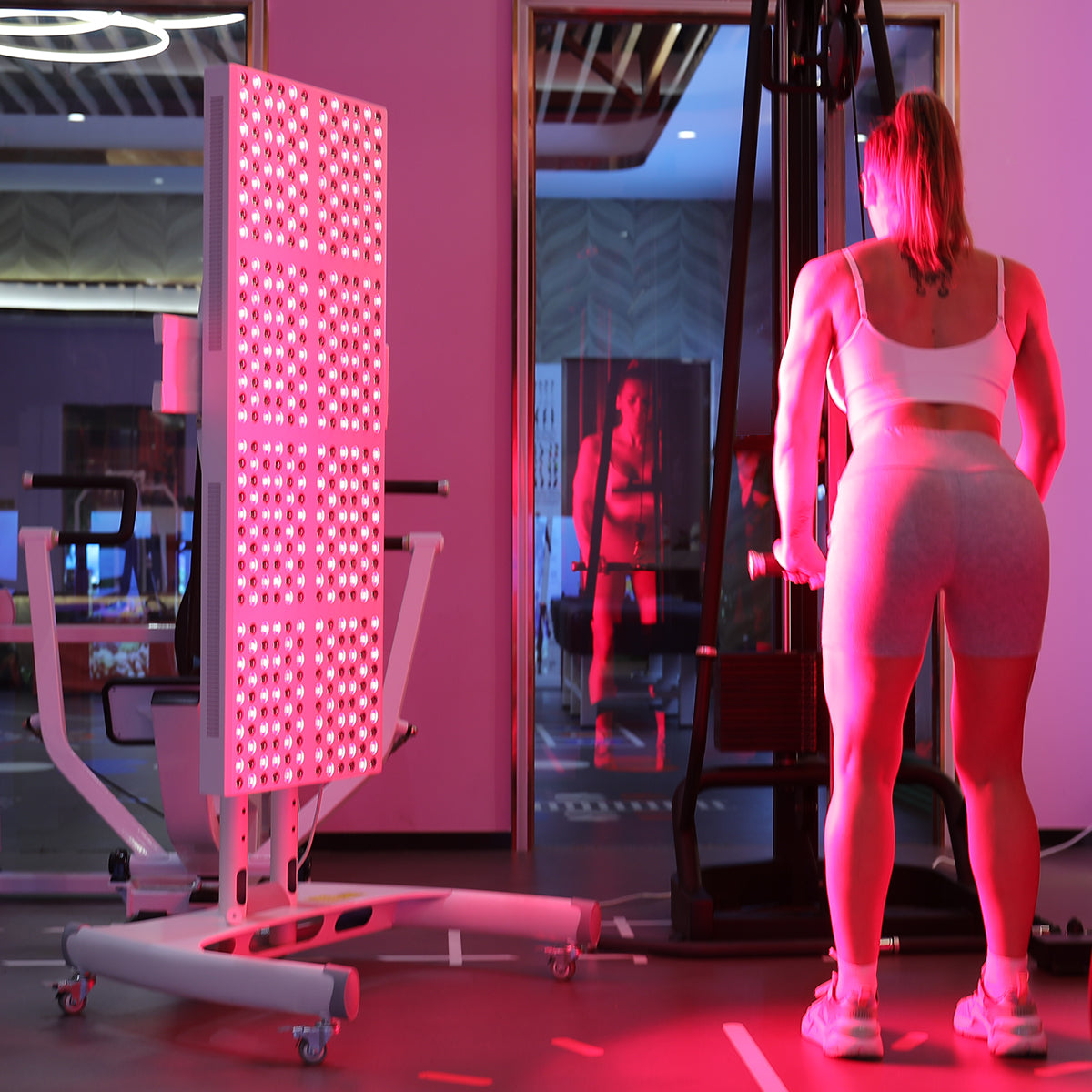

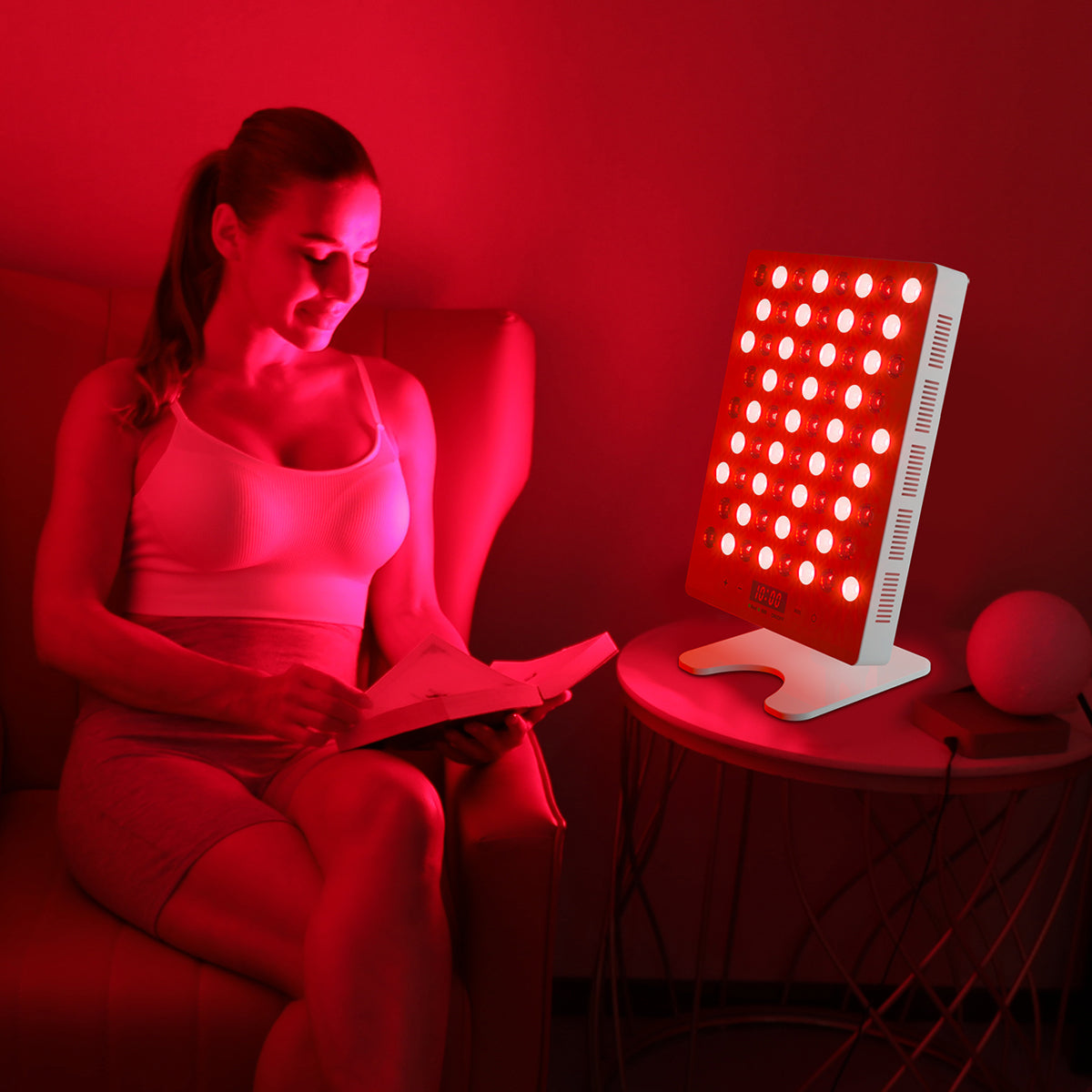
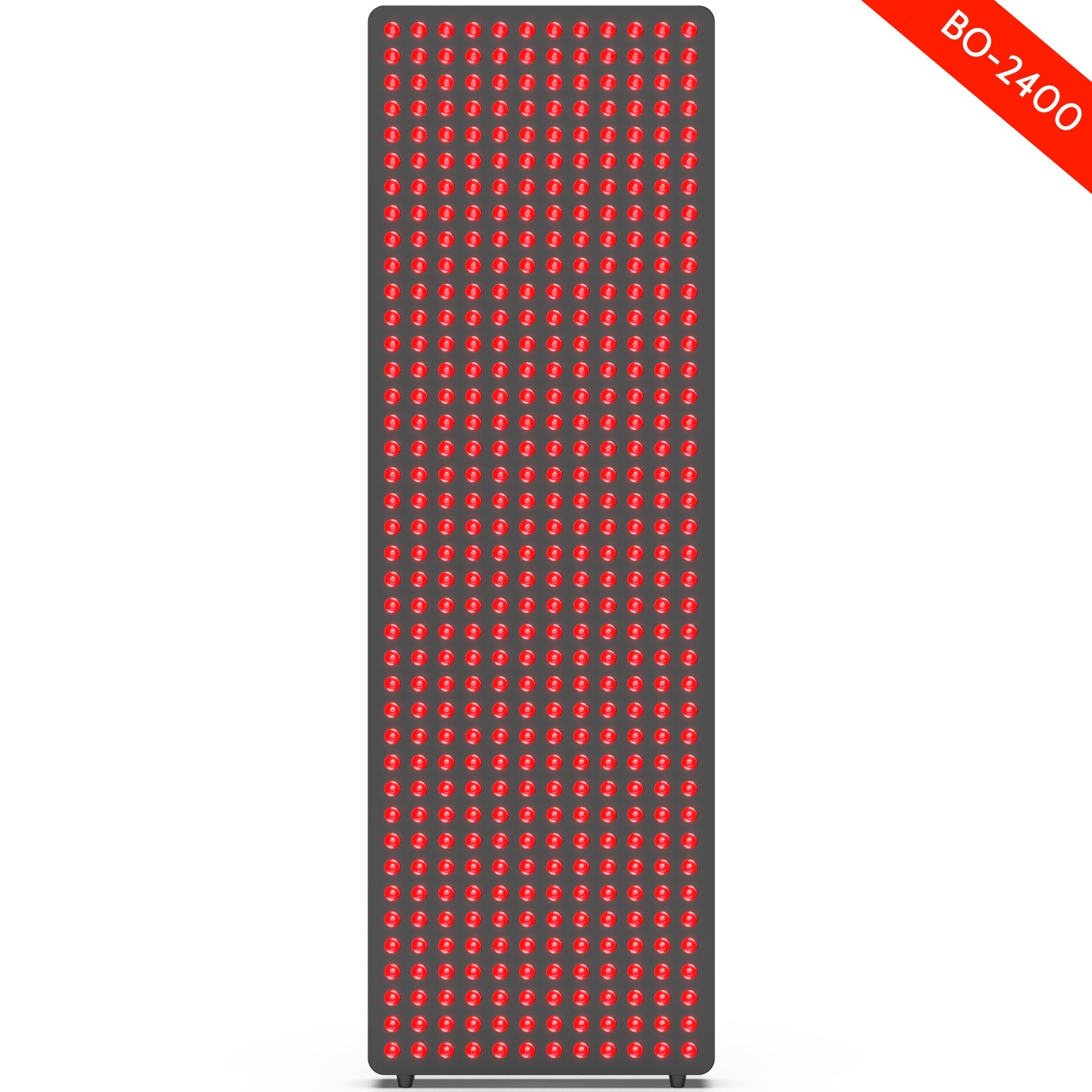
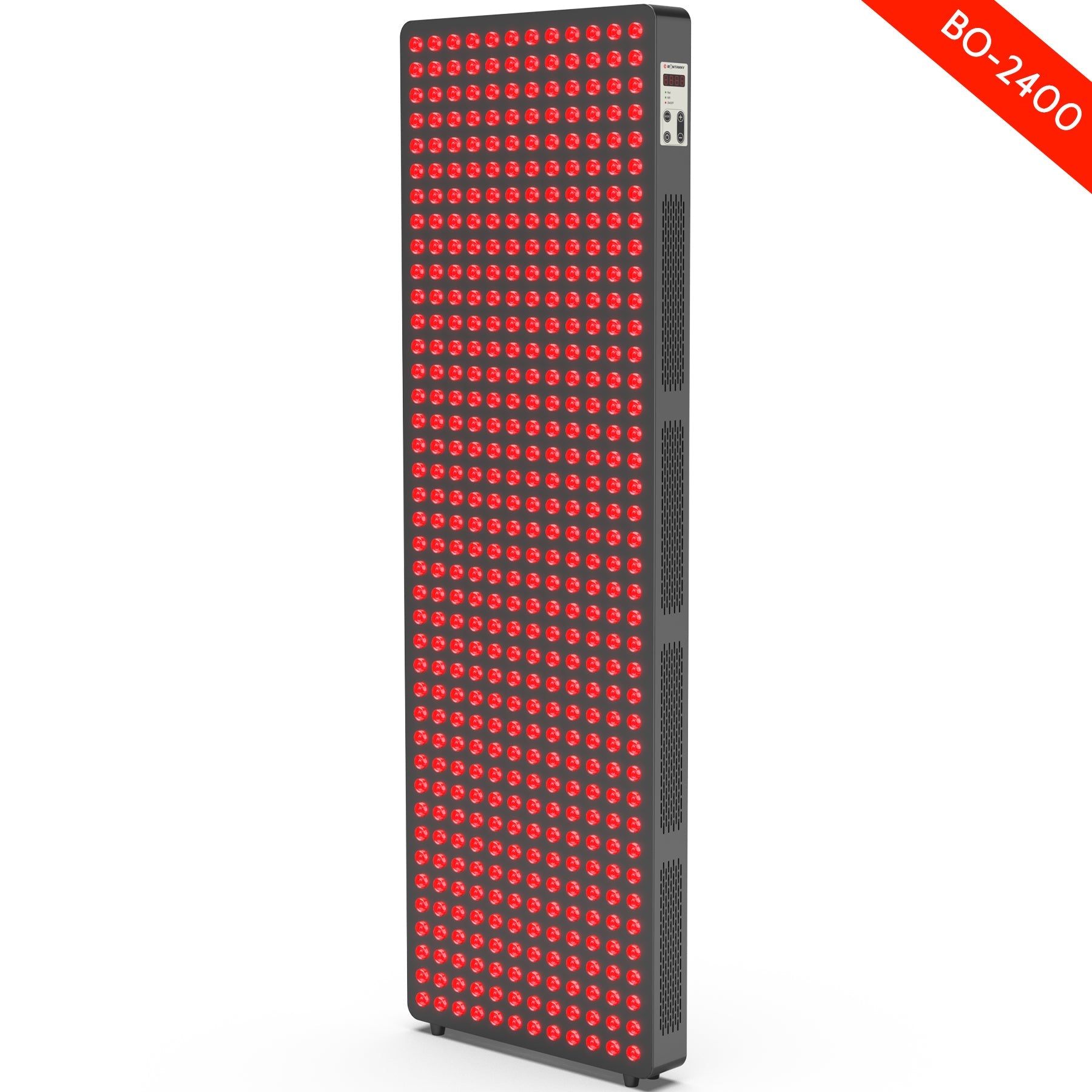
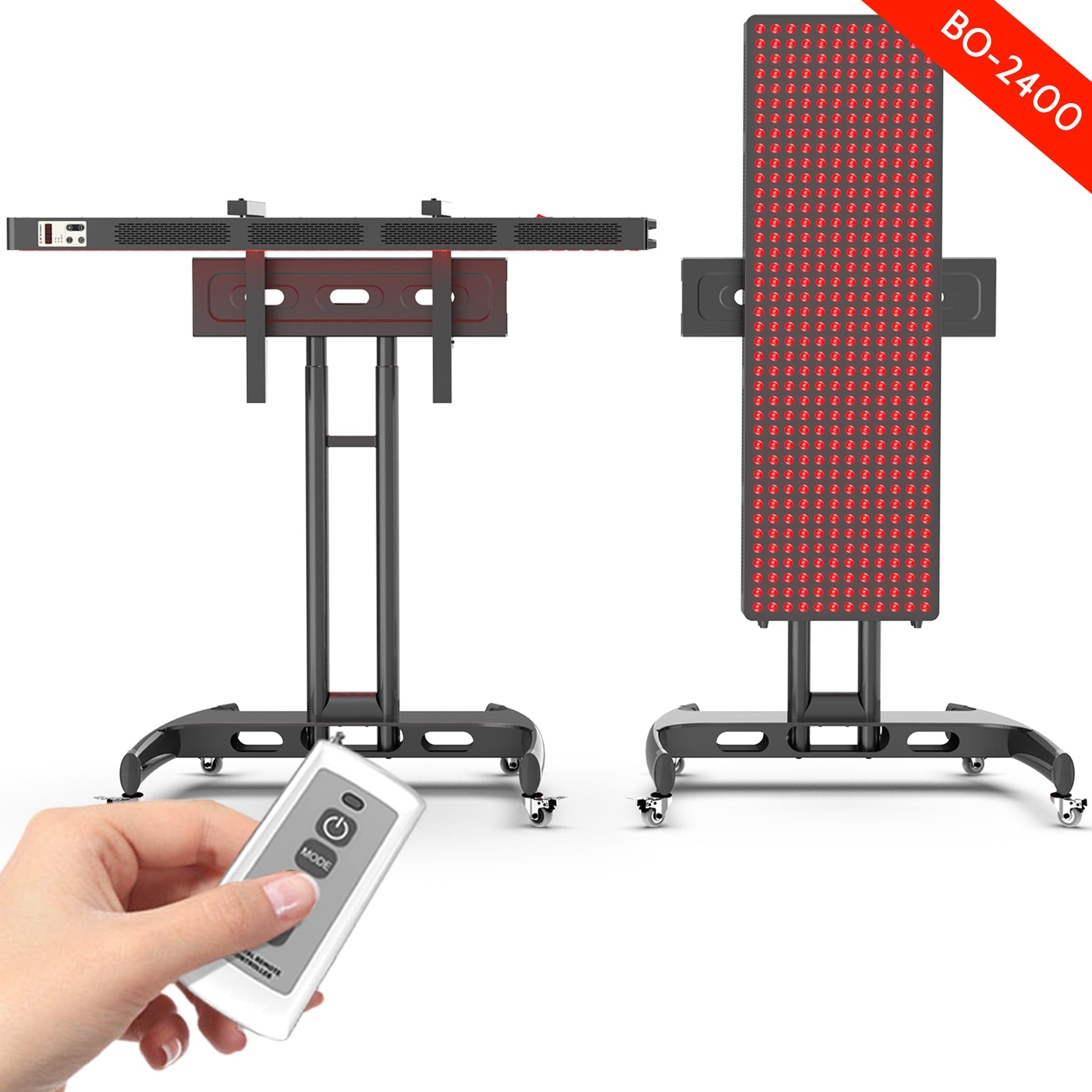


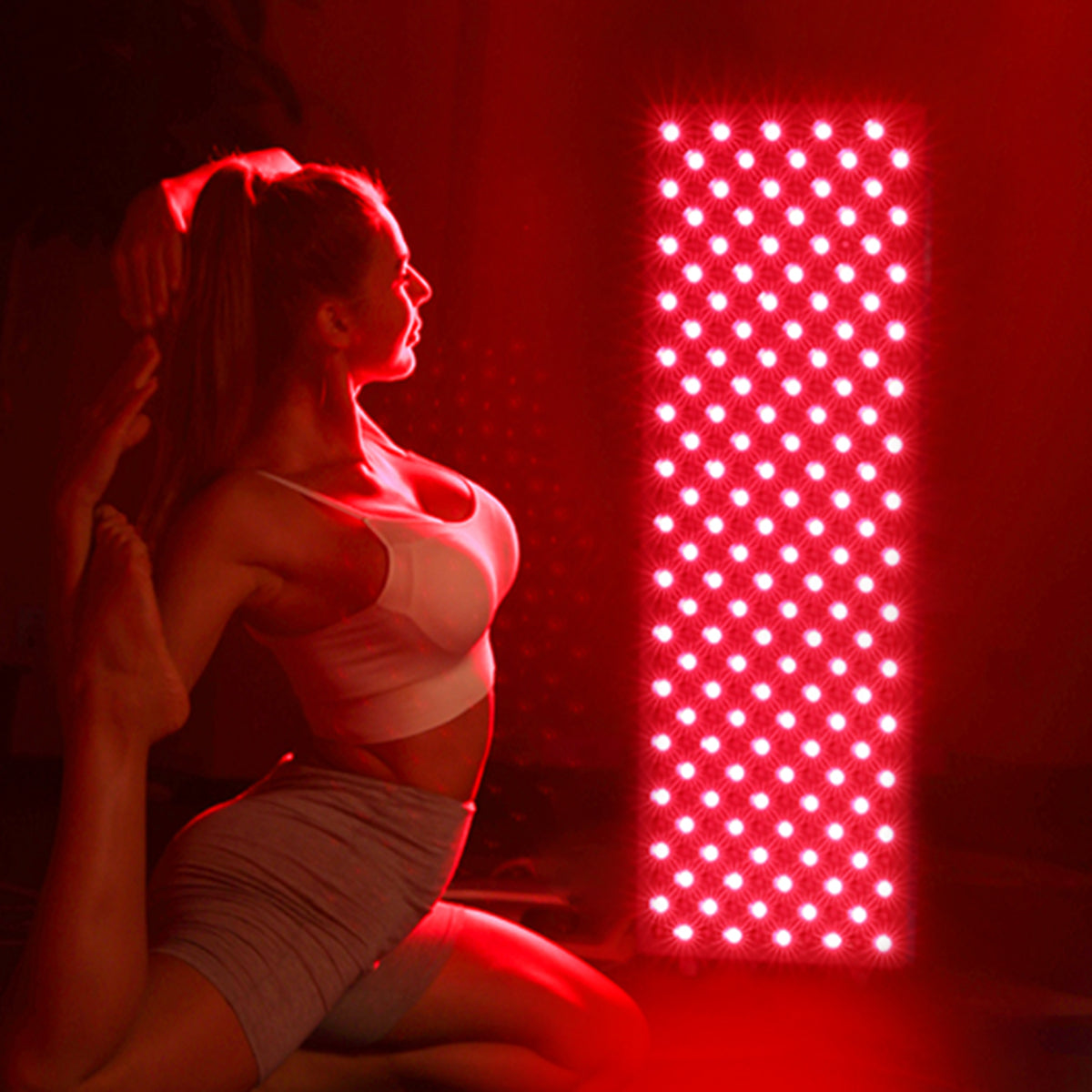
Leave a comment
This site is protected by hCaptcha and the hCaptcha Privacy Policy and Terms of Service apply.